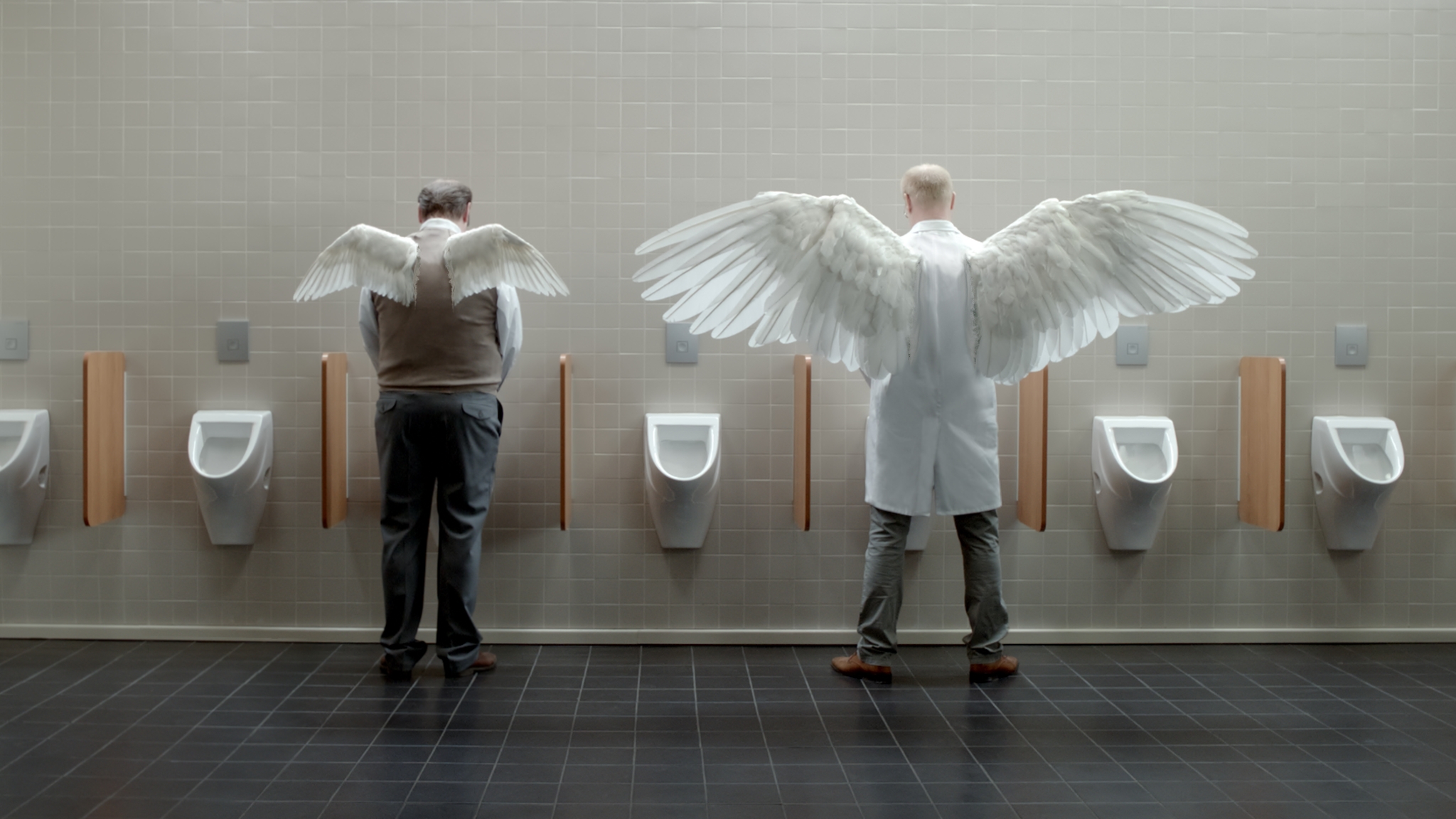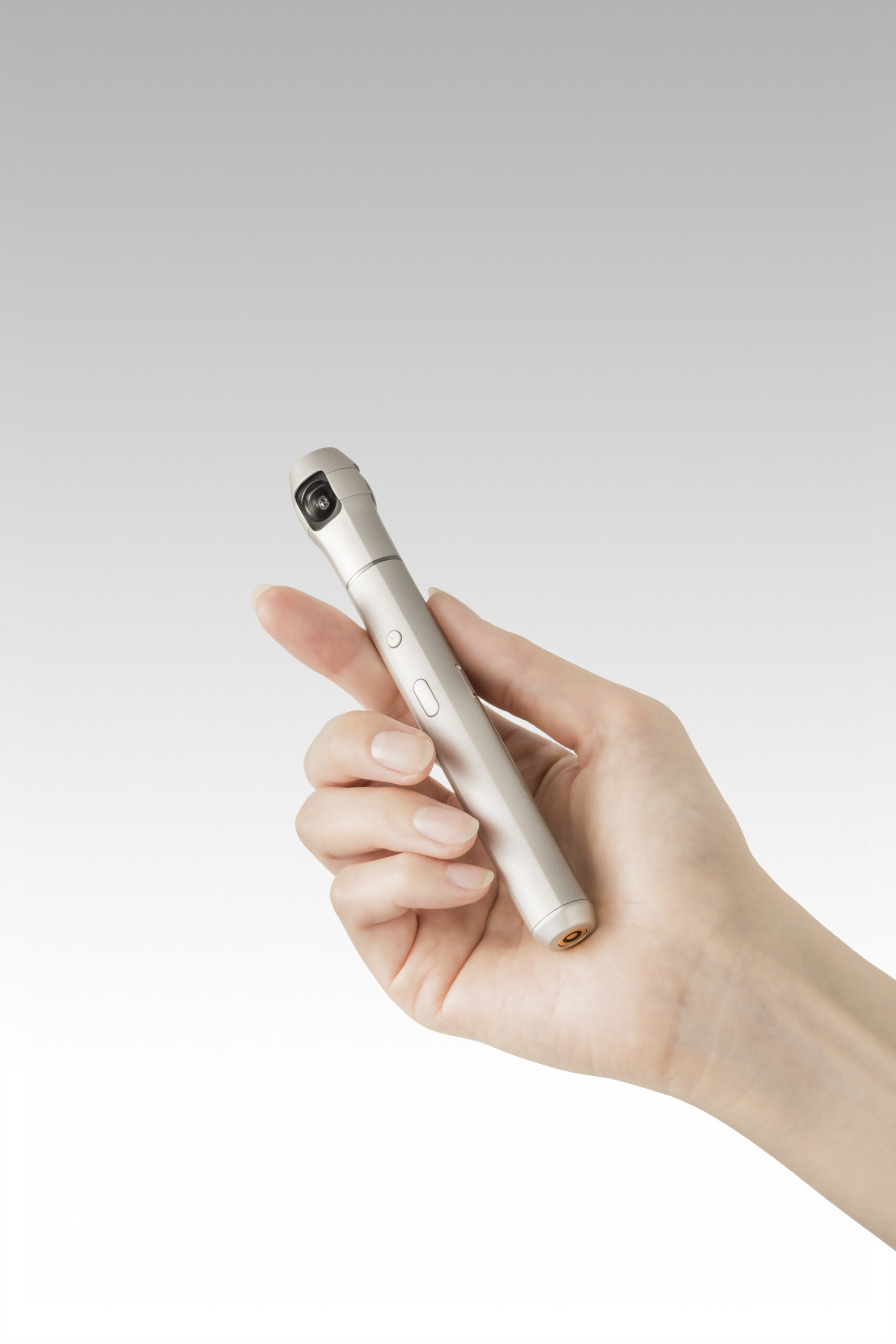Blue Square X Debuts Vision X LED Displays Featuring Jennifer Steinkamp at Art Basel Miami Beach 2024

Blue Square X, a leader in display innovation, proudly introduces its Vision X A-Series and Vision X Art Totem LED Display Series at Art Basel Miami Beach, December 4-8, 2024. These groundbreaking displays represent a bold step forward in LED technology, offering a remarkable fusion of digital art and technological excellence in collaboration with acclaimed artist Jennifer Steinkamp and the esteemed Lehmann Maupin Gallery.
Vision X A-Series: Advanced Technology for Unmatched Visual Performance
The Vision X A-Series sets a new standard in LED display technology with its advanced Chip-on-Board (COB) LED packaging and flip chip design. Offering pixel spacings as tight as 0.9 to 1.5 millimeters, these displays deliver ultra-high contrast, wide viewing angles, and exceptional durability. Coupled with reduced power consumption, the Vision X A-Series provides an unparalleled visual experience while ensuring long-term reliability
“At Blue Square X, we redefine visual storytelling with cutting-edge solutions,” said Chanan Averbruch, Director of Innovation at Blue Square X. “The Vision X Series represents our commitment to innovation, delivering stunning large-scale LED displays with unmatched resolution, transforming how audiences engage with visual content.
Vision X Art Totem: A Canvas for Jennifer Steinkamp’s Digital Masterpieces
Renowned digital artist Jennifer Steinkamp will present nine of her captivating creations on Blue Square X’s Vision X Art Totem at Art Basel Miami Beach, December 4-8, 2024. Towering at just under 10 feet tall and 8 feet wide, the Vision X Art Totem provides an extraordinary platform to bring Steinkamp’s exploration of nature and digital artistry to life.
The Vision X Art Totem brings Steinkamp’s signature animations of swaying trees and blooming flowers to life with vivid colors, deep blacks, and seamless motion rendering. This immersive display highlights her ability to merge technology and nature, creating transformative visual experiences that captivate audiences. Get a sneak peek of her art in action here.
“I am an installation artist who works with computer animated video and digital media to explore ideas about architectural space, movement, and perception. My time-based site-specific projections and LED displays transform the way space is perceived and experienced. These engagements with architecture, animated physics, and our bodily senses lead visitors to wonder about their relationship to nature and life. I can’t tell you how often people tell me they think of my art when they notice wind blowing tree branches.”, says Jennifer Steinkamp.
Enhanced Durability and Reliability with Flip-Chip Technology
Flip-chip technology is a game-changer for LED displays, significantly enhancing their durability and reliability. Unlike traditional designs that rely on wire bonding, flip-chip LEDs eliminate this potential weak point, resulting in a more robust structure that can withstand continuous use and demanding conditions. This design also improves heat dissipation, ensuring consistent performance and extending the lifespan of the display. For digital installations like those featuring Jennifer Steinkamp’s work, flip-chip technology guarantees precise, uninterrupted visuals, allowing audiences to fully engage with the art as intended, regardless of the environment.
Immersive Design for Diverse Applications
Designed for versatility, the Vision X A-Series integrates effortlessly into spaces such as sales centers, museums, lobbies, auditoriums, and boardrooms. With preconfigured sizes up to 216″ and scalability to a 400″ ultra-wide video wall, these displays redefine large-scale viewing, delivering immersive and unforgettable experiences.
108″ P0.9 QHD | P1.2 FHD
135″ P0.9 QHD | P1.2 QHD | P1.5 FHD
163″ P0.9 4K UHD
216″ P1.2 4K UHD
Art Totem P.09 7.87′ W x 9.97 ‘ H (2560 x 3240 resolution)
Art Totem P1.2 7.87′ W x 8.86 ‘ H (1920 x 2160 Resolution)
Comprehensive, Ready-to-Install Solution
The Vision X A-Series offers an all-inclusive package designed for seamless installation and immediate use. Each solution includes the LED wall, LED controller, spare kit, service tool, trim kit cladding, and mounting solution—ensuring everything you need is ready to create a stunning visual experience.
Lehmann Maupin: A Hub for Innovation at Art Basel
Lehmann Maupin, a gallery renowned for pushing artistic boundaries, provides the perfect stage for this collaboration. Visitors to their booth C21 at Art Basel 2024 will witness a groundbreaking synergy of cutting-edge technology and contemporary art, offering a glimpse into the future of immersive digital exhibitions.
A New Era in Visual Storytelling
The Vision X series, combined with Jennifer Steinkamp’s digital artistry, redefines the potential of experiential visual displays. This collaboration illustrates how technology and art can converge to create transformative and immersive experiences, setting a new benchmark for audience engagement.
Explore the revolutionary Vision X series and Jennifer Steinkamp’s mesmerizing digital works at Lehmann Maupin, Booth C21, during Art Basel Miami Beach, December 4-8, 2024.
For more information about Blue Square X and its innovative display solutions, please visit or contact marketing@bluesqx.com
About Blue Square X
Blue Square X is a digital experience innovation company that transforms imagination into reality by fusing powerful storytelling, art, cutting-edge technology, and architecture. With operations in New York and Miami, they specialize in crafting captivating and immersive visual experiences across a wide range of industries. Blue Square X’s focus on cutting-edge technology and innovation drives business growth and enhances customer experiences.





